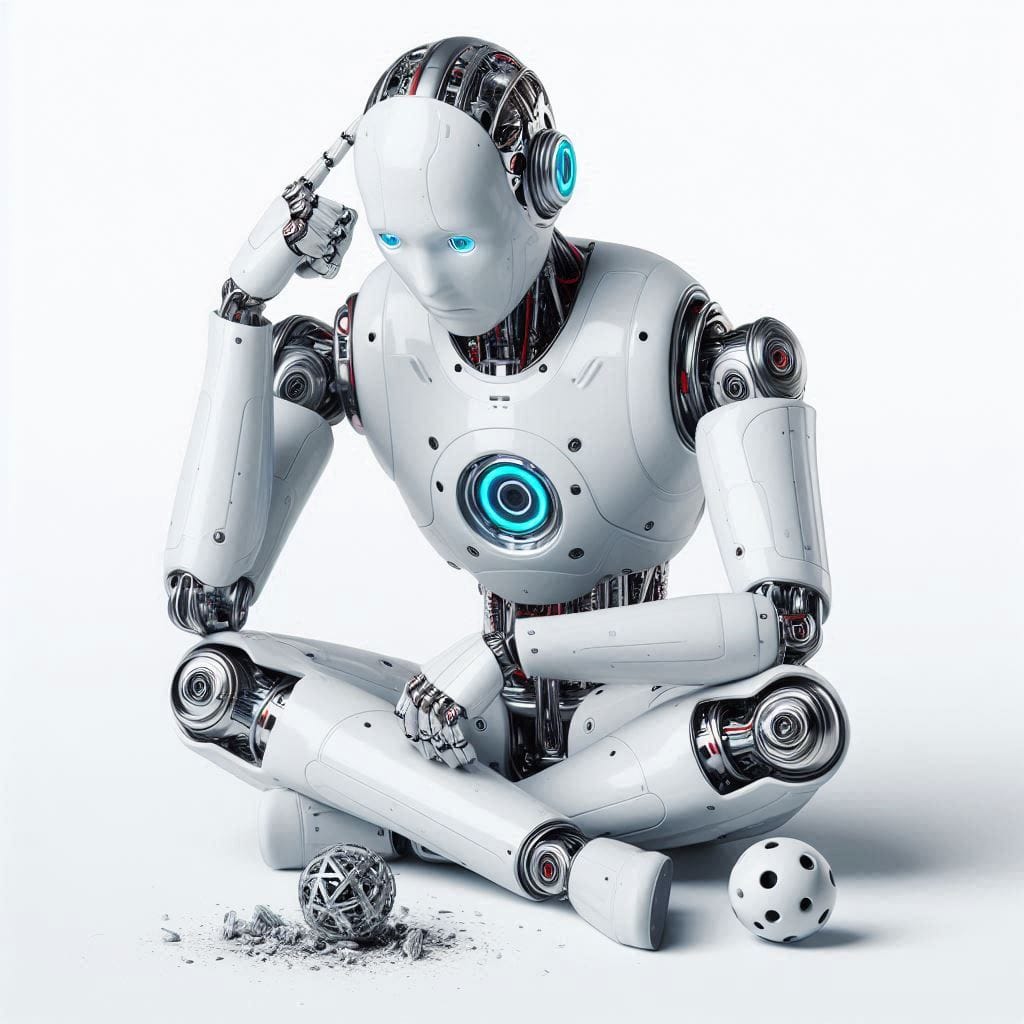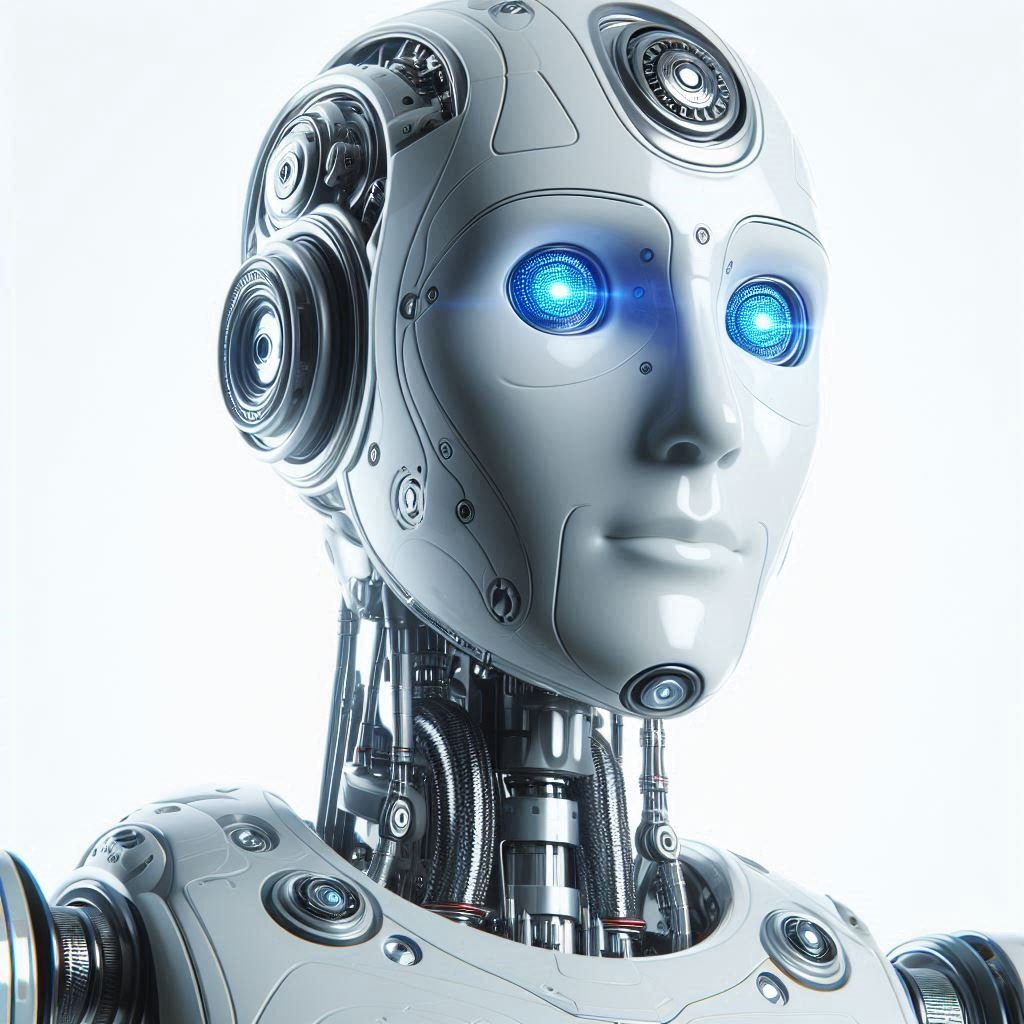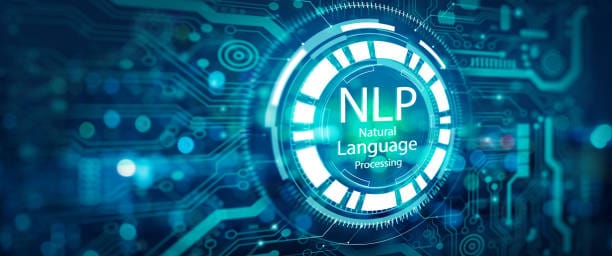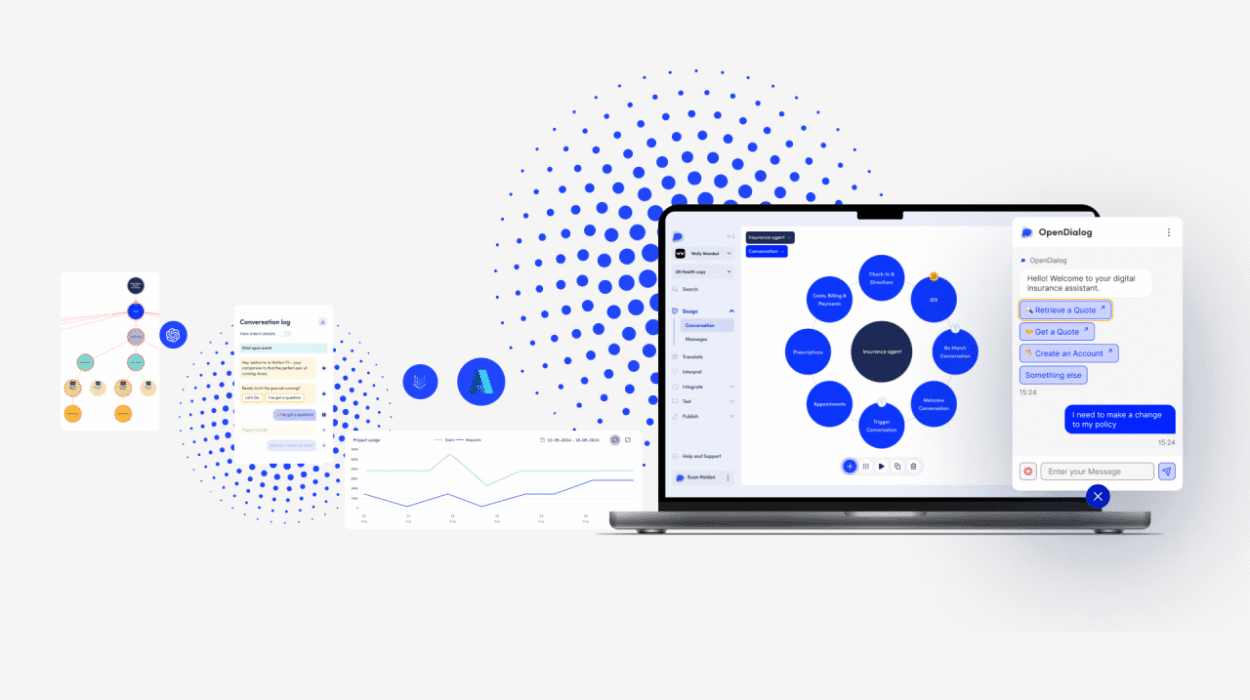In the dark hours just before dawn, when cities are hushed and streetlights flicker against the silence, something stirs not in alleyways or abandoned lots—but deep within data servers. Somewhere, an artificial intelligence system is awake, scanning crime reports, surveillance footage, social media posts, and weather forecasts. It isn’t looking for a criminal act that has happened. It’s looking for one that hasn’t.
This is not science fiction. It is the unfolding reality of predictive policing.
At the core of it lies a question that feels both thrilling and terrifying: can artificial intelligence predict crimes before they happen? Could a machine forecast human behavior, foresee violence, and save lives—before the first punch is thrown, before the first shot is fired, before the first scream breaks the night?
Or does such power edge us closer to something far darker, a world where suspicion becomes sentence and probability becomes guilt?
A Dream Born from Fear
The dream of crime prediction isn’t new. For centuries, humans have tried to read patterns into chaos. Ancient Roman augurs read the flight of birds; 19th-century criminologists measured skulls to find signs of evil. But the dream turned modern in the aftermath of 9/11, when the hunger for national security collided with a digital explosion of surveillance data.
Suddenly, law enforcement wasn’t limited to eyewitnesses or neighborhood patrols. Cities were filling with cameras, sensors, license plate readers, and GPS-enabled smartphones. A new kind of vision emerged—one not shaped by human eyes, but by algorithms.
In the early 2010s, programs like PredPol in the United States and HunchLab in various cities promised to help police departments anticipate crime using historical data and statistical modeling. AI systems began recommending where patrols should go, based on when and where similar crimes had occurred in the past.
It was a tantalizing proposition. The promise of stopping crime not by reacting to it, but by preventing it. To a public worn down by violence and terror, the idea shimmered with hope. Who wouldn’t want a world where a teenager isn’t stabbed on a street corner or where a child doesn’t get caught in the crossfire?
But behind the glow of technological optimism, critics were already raising red flags.
The Illusion of Objectivity
Artificial intelligence is only as good as the data it’s trained on. And data, like memory, is fallible—tainted by history, shaped by inequality, and warped by bias.
In cities like Chicago and Los Angeles, predictive policing software often used decades of crime data to forecast future risk. But those decades weren’t neutral. They reflected decades of over-policing in Black and Latino neighborhoods, of stop-and-frisk practices that disproportionately targeted marginalized communities, and of economic conditions that were rarely addressed by law enforcement but always recorded as risk.
As a result, when AI sifted through the data, it wasn’t uncovering a pure map of crime. It was learning patterns of surveillance. And so it returned to the same neighborhoods again and again, reinforcing the appearance of danger not because more crime was happening, but because more attention was being paid there.
It created a feedback loop. More patrols led to more arrests, which led to more data, which justified more patrols. And all of it wrapped in the armor of mathematical authority.
Bias, now, wasn’t just human. It had become code.
The Human Cost of Prediction
At the heart of this technological revolution is a chilling question: what happens when the machine says you are dangerous?
In 2012, the city of Chicago implemented a “heat list”—a list of people who, according to predictive models, were most likely to be involved in gun violence, either as perpetrators or victims. Some individuals found police officers showing up at their homes with warnings, though they had committed no crime. Others were placed under increased surveillance, their lives shadowed by suspicion because of an algorithm they never saw.
For some, this was a preventative measure—like telling someone they’re at risk for a heart attack. But for others, it felt like punishment without cause. It blurred the line between potential and guilt. It made the future a courtroom.
The consequences were not just psychological. Studies revealed that predictive systems often failed to reduce crime. In some cases, they may have increased tensions between communities and police. And when transparency was lacking—as it often is with proprietary algorithms—citizens had no way to contest their place on a list or to understand how they had been labeled as threats.
It was as if the machine had spoken, and the world simply nodded.
The Promise of Possibility
Yet to dismiss predictive AI outright is to ignore its vast and unexplored potential. The core idea—that we might prevent tragedy before it strikes—still carries an undeniable moral weight.
What if AI could predict domestic abuse incidents not to punish potential aggressors, but to intervene and offer victims safety and resources?
What if systems could detect cyberbullying patterns or early signs of radicalization and alert mental health professionals before an adolescent spirals into harm?
In some cities, like Vancouver, predictive models are being paired with social workers rather than police. AI flags areas of rising homelessness, drug overdoses, or mental health crises, allowing support teams—not officers—to respond.
This version of predictive technology doesn’t aim to control people. It aims to care for them.
It reframes the question. Not “How do we stop crime?” but “How do we stop suffering?” And in doing so, it places responsibility not just on individuals, but on the systems around them.
Between Science and Science Fiction
Popular culture has long flirted with the idea of pre-crime. In the 2002 film Minority Report, adapted from a story by Philip K. Dick, the government arrests people before they commit crimes based on visions from psychic beings called “precogs.” It’s a dystopia where freedom is an illusion, and fate is dictated by forces beyond comprehension.
Today’s predictive systems are not quite precogs. They don’t see the future—they infer likelihoods. But the parallels are eerie. We are already assigning risk scores to people. We are already watching behavior with algorithms. And we are already asking: how far is too far?
What happens when a system falsely predicts someone will commit a crime? What if insurance companies, schools, or employers use such data to make decisions? What recourse does a person have when they are judged not for what they’ve done, but for what they might do?
These questions do not belong only to philosophers. They belong to everyone. Because the architecture of predictive AI is being built now. The moral blueprints are being drafted in code, in policy, and in silence.
Data Is Not Destiny
There is a seduction in numbers. A sense that data speaks truth and algorithms know best. But predicting human behavior is not like forecasting the weather. Humans are unpredictable, irrational, and capable of change.
An AI system might say that someone living in a high-crime area, who is unemployed and has a juvenile record, is at high risk of offending. But what it cannot see is the mentor who changed his life. The music that steadied his hands. The love that kept him grounded.
Prediction can never account for the human spirit. And if we are not careful, we risk creating systems that forget redemption exists.
AI should not be about sealing fate. It should be about opening possibilities. It should warn, yes—but also support. It should illuminate, not imprison. And it must never, ever replace human judgment with mathematical certainty.
Toward a Just Future
So, can AI predict crimes before they happen?
The answer is: partly. It can detect patterns. It can highlight risks. It can suggest where attention might be needed. But it cannot see motives, context, or the aching complexity of human life.
Used wisely, with transparency, humility, and compassion, AI can become a powerful tool in preventing violence and promoting safety. Used recklessly, it can become a digital panopticon—a prison without walls.
The future is still unwritten. The question is not what AI can do. It is what we will let it do.
Will we build systems that punish probabilities? Or will we create ones that recognize humanity, even in its darkest corners?
The machine is listening. The data is flowing. The future is knocking.
But it is still ours to answer.






